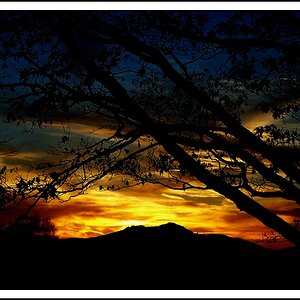ferny
No longer a newbie, moving up!
I've got a new book (Special Effects in the Camera - John Wade (1983)) so expect a flood of questions for a while. :mrgreen:
I've just got to a part where it has a couple of paragraphs on lith film. It says what it does and that it needs to be developed in a special way. It says to use Kodalith Super Liquid or Super RT developers. But as this book was published in 1983 there is a good chance they don't exist now. So I'm wondering, has anyone here used it? If so, what are your experiences and how did you get it developed? Can I send it into the local chemist who send it away (like I do with my colour 35mm) or am I going to have to send it to a pro lab (probably yes)? And will all pro labs develop it?
I think I'll mark lith film as something to try in the future.
I've just got to a part where it has a couple of paragraphs on lith film. It says what it does and that it needs to be developed in a special way. It says to use Kodalith Super Liquid or Super RT developers. But as this book was published in 1983 there is a good chance they don't exist now. So I'm wondering, has anyone here used it? If so, what are your experiences and how did you get it developed? Can I send it into the local chemist who send it away (like I do with my colour 35mm) or am I going to have to send it to a pro lab (probably yes)? And will all pro labs develop it?
I think I'll mark lith film as something to try in the future.




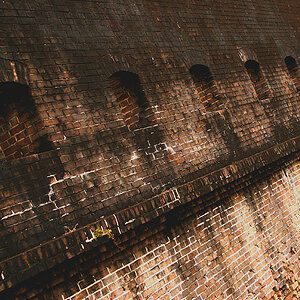

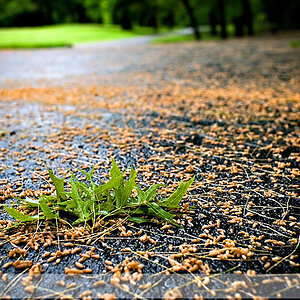
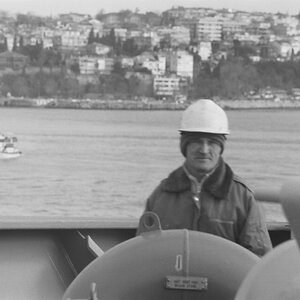
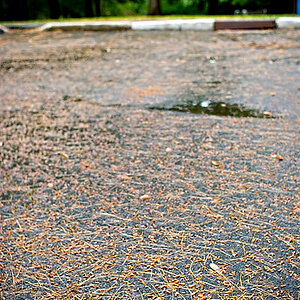

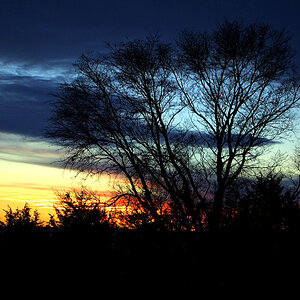
![[No title]](/data/xfmg/thumbnail/39/39288-2d76486ccc9042c6fb525aaaaffff1fb.jpg?1619738957)

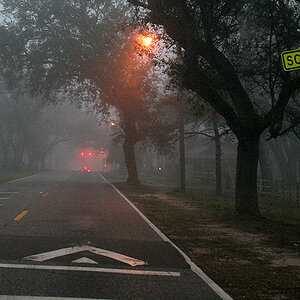
![[No title]](/data/xfmg/thumbnail/39/39293-55a527d2a9b287bf5e5b6d118abab22c.jpg?1619738958)
